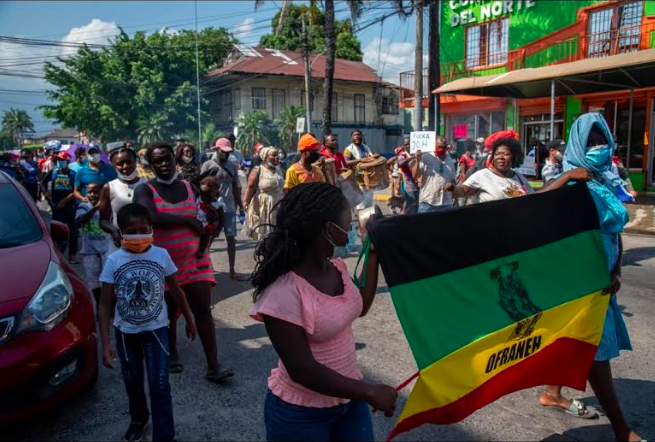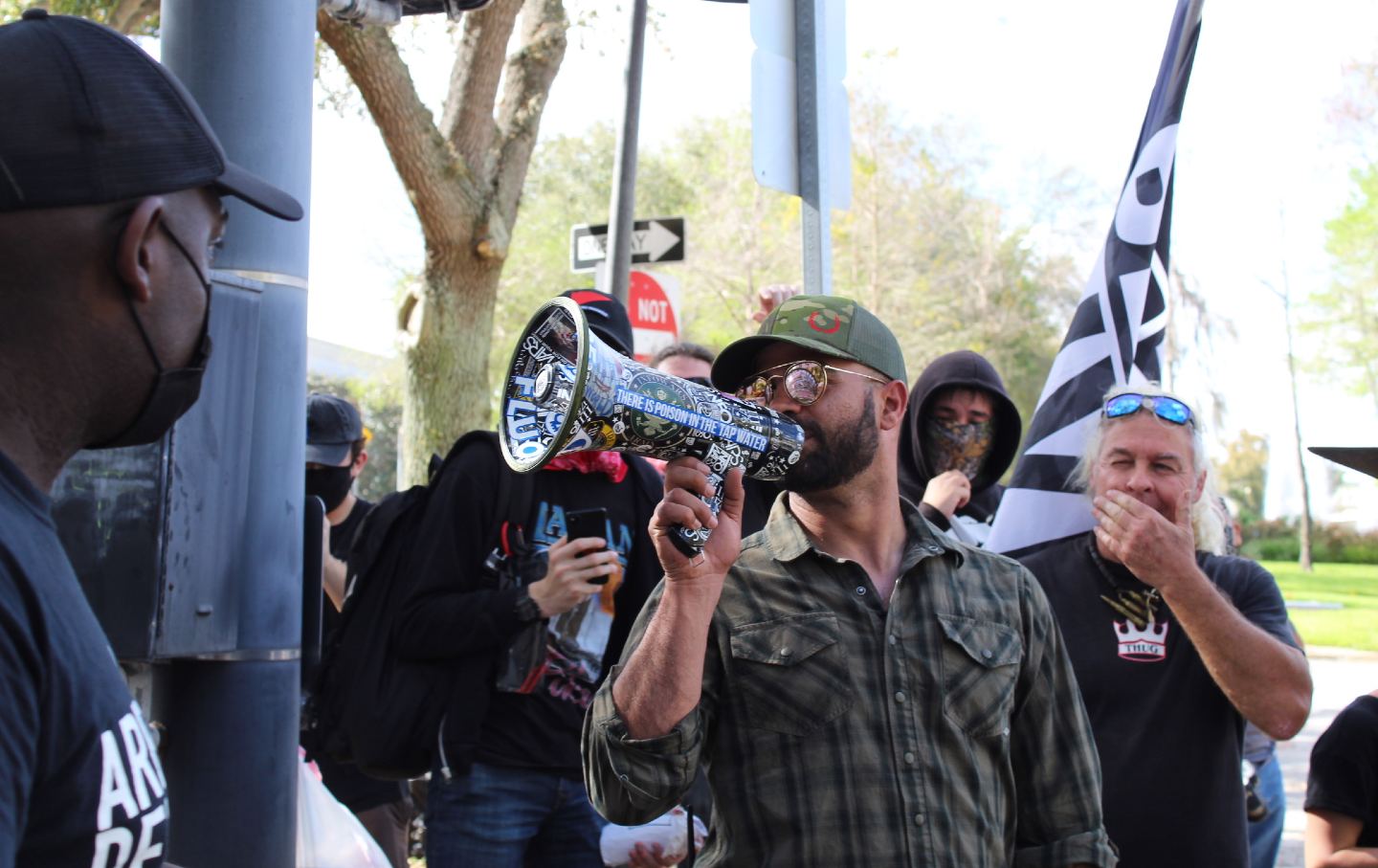
All photos by Seth Berry
This article originally appeared in VICE World News
TRIUNFO DE LA CRUZ, Honduras — Darwin Centeno can still hear the cries of his neighbors on the morning when armed men dragged away his cousin.
“They’re taking Sneider!” he heard them shout before sunrise that day in July 2020, moments after several trucks bearing police markings rolled into the coastal Honduran village of Triunfo de la Cruz.
Alberth “Sneider” Centeno is a local leader of the Garifuna, the Honduran Black community of the Caribbean Coast. Darwin, a fisherman who was prepping his boat for the day, raced to the scene. But he was too late: Sneider had already been shoved into a truck, guarded by more than a dozen masked men in police uniforms with assault rifles. As they moved down the road in their vehicles, the gunmen dragged four more Garifuna men from their houses before driving off in the predawn light.
Continue reading “5 Black Men Have Been Missing For a Year. Their Community Wants Answers.”






